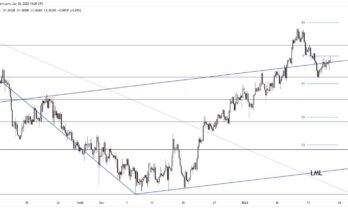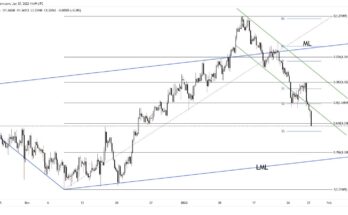GBP/USD fell on Monday from a high of around 1.5740 to test support at 1.56 by late afternoon. The only noteworthy data release was a better than expected industrial production release from the States with monthly output expanding by 1.3% in November, higher than the 0.8% forecast. Things seemed to then settle, with cable sitting around 1.5650 before Tuesday and Wednesday’s key releases. Sterling also fell against the euro through Monday afternoon, dropping from 1.2645 to a low of 1.2555.
Tuesday kicked off with UK bank stress test results, of which Co-op was the only failure, followed by the BoE Financial Stability Report and accompanying speech from Governor, Mark Carney. Later in the morning, UK inflation data printed weaker than market expectations at 1% in November vs. forecasts for 1.2%, the main contributor being the recent drop in oil prices. Despite this, GBP/USD actually pushed higher as the dollar broadly weakened throughout the morning. EUR/USD pushed higher as the dollar dropped against most of the other currencies. Better than expected German flash manufacturing PMI and German ZEW sentiment data no doubt helped support the single currency, although French flash manufacturing PMI actually printed weaker than forecasted. It also benefited somewhat by the outflow of capital from Russia.
By James Mills at UKForex, an international money transfer service
Wednesday started with the news that UK wage growth picked up with earnings growing faster than inflation again whilst the rate of unemployment remained unchanged at 6%. The Bank of England MPC minutes were also released, but the voting remained unchanged. This didn’t have too much of an impact on the pound as markets looked towards the much anticipated FOMC statement. The Fed left the phrase “considerable time†in the statement, but a change in rhetoric showed it was still prepared to increase interest rates if before market anticipations. Following the release, the dollar firmed across the board with GBP/USD falling 1.25 cents to a low of 1.5550 and EUR/USD dropping from 1.2440 to 1.2325.
Improved UK retail sales numbers for November helped sterling regain a little ground against the greenback on Thursday. Year-on-year numbers came in at 6.4% vs 4.4% exp, while month-on-month posted a reading of 1.6% vs 0.3% exp. GBP’s main gains were seen against the euro with the pair jumping from an opening price of 1.2650 to above 1.2740 by the end of European sessions. Despite Thursday afternoon’s better than expected US jobless claims, GBP/USD steadily rose hitting just under 1.5675. The pound seemed to be holding its ground at the start of Friday, as public sector net borrowing numbers showed a narrowing in the UK national account deficit but we have since seen it fell against both USD and EUR.
Looking ahead to next week, Tuesday is shaping up to be the key risk event day as the UK and US post Q3 GDP numbers. The US also releases November’s US durable goods orders and consumption expenditures. Wednesday will be quieter with only US jobless claims ahead of the Christmas break.
In our latest podcast, we run down all aspects of the Fed decision, discuss the running down of oil, the run down Russian ruble and the weak currency down under:
Download it directly here.
Subscribe to our podcast on iTunes.



